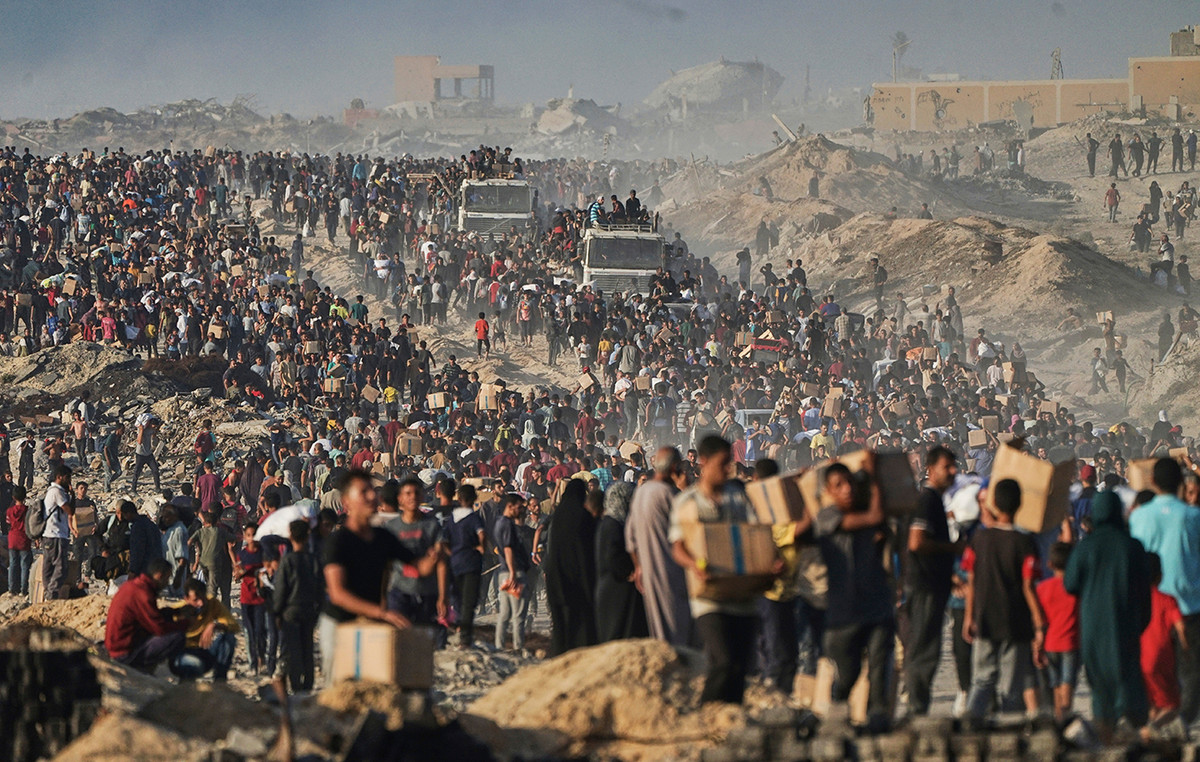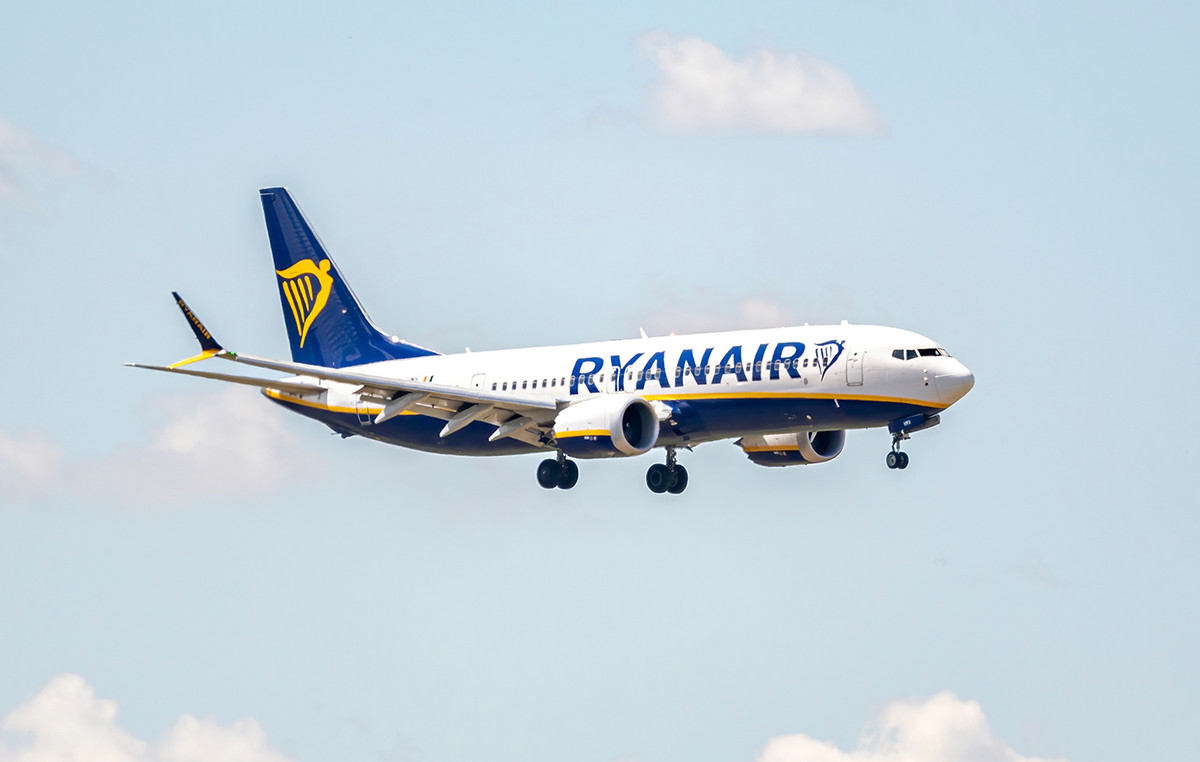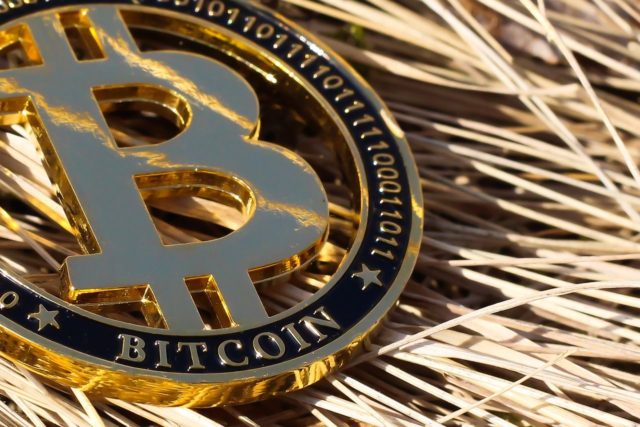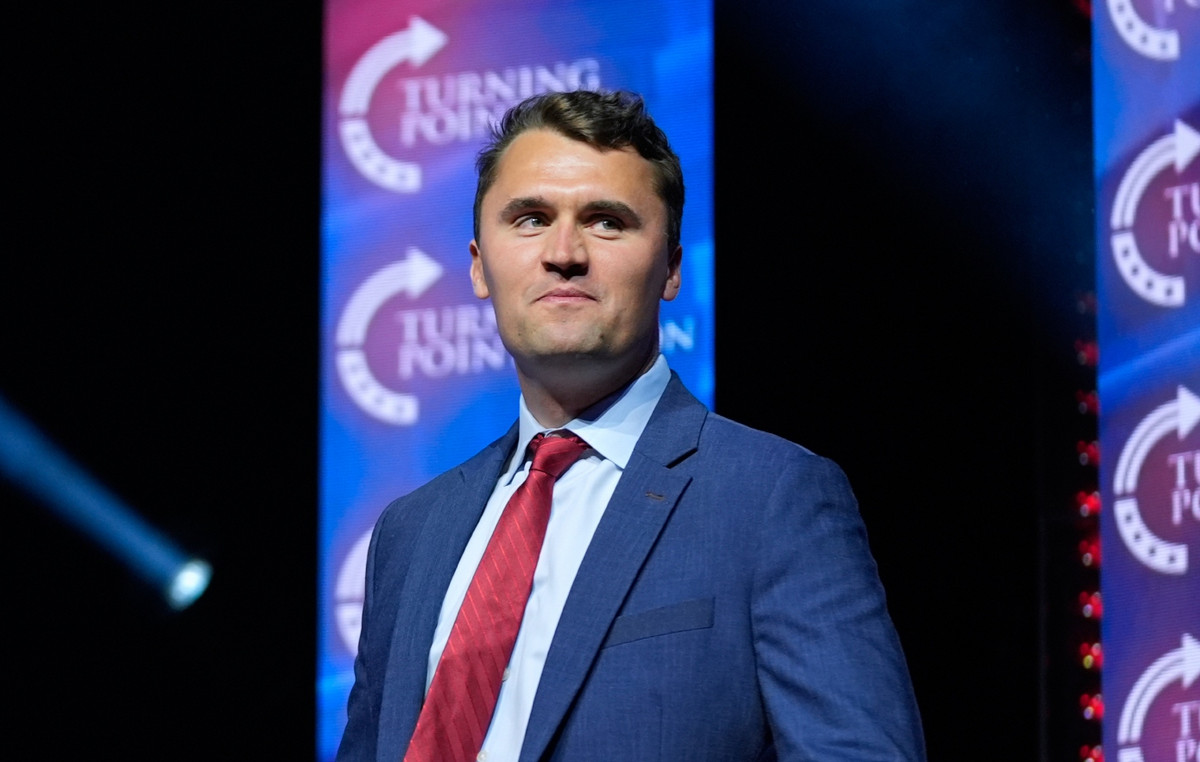O Federal Reservecentral bank of U.S, announced this Wednesday (16) that it raised the interest rate in the country by 0.25 percentage point, to the range of 0.25% to 0.50% per year. It was the first rate hike in the country since 2018.
The decision marks the beginning of the cycle of interest rate hikes in the world’s largest economy to combat inflation persistent in the country, which continues to break records and has reached the highest levels in 40 years, mainly due to the effects of pandemic.
The high was already expected by the market since the beginning of the year, and was indicated in an unprecedented way by the current chairman of the Fed, Jerome Powellon the 2nd of March.
“I am inclined to propose a 0.25 percentage point increase. We are prepared to act more aggressively, raising interest rates above 25 points for one or more meetings and inflation does not fall by the end of the year as we expect,” Powell said in his testimony to the US Congress.
The expectation is that the cycle of interest rate hikes in the United States will end with the rate around 3% per year in 2023, ending 2022 between 1.75% and 2%, with further increases at the next Fed meetings. However, the inflationary effect of war in ukraine can worsen the situation and demand an even higher level.
In a statement after the rally, the Fed cited the enormous uncertainty facing the economy with the war in Ukraine and the ongoing health crisis, but that “continued increases” in interest rates “will be adequate” to contain inflation.
The statement left out the direct reference to the coronavirus pandemic, but cited the war in Ukraine as generating “additional upward pressure on inflation” and weighing on economic activity.
The interest rate path shown in the new policymakers’ projections is tougher than expected, reflecting the Fed’s concern over inflation, which has put the central bank’s hope of an easy emergency policy change put in jeopardy at risk. practice to combat the economic consequences of the pandemic.
In addition to the interest rate hike, the US central bank signaled that it will begin to withdraw the stimulus to the economy established during the pandemic from the next meeting, in May.
The moment when the rally would begin has been expected since the second half of 2021. At the time, Powell indicated that the Fed would wait for the moment when the unemployment in the United States to fall to levels close to full employment, in order to prevent the slowdown in activity with high interest rates from harming the recovery of the economy.
Higher interest rates tend to benefit the dollar and attracting investments to US Treasury bonds, mainly harming the stock market at home and abroad.
In the case of Brazil, which is more advanced in the upturn, the difference between the two interest rates can make this effect smaller for the realand until the Brazilian currency appreciation trend continues.
*With information from Reuters
Source: CNN Brasil
I am Sophia william, author of World Stock Market. I have a degree in journalism from the University of Missouri and I have worked as a reporter for several news websites. I have a passion for writing and informing people about the latest news and events happening in the world. I strive to be accurate and unbiased in my reporting, and I hope to provide readers with valuable information that they can use to make informed decisions.







